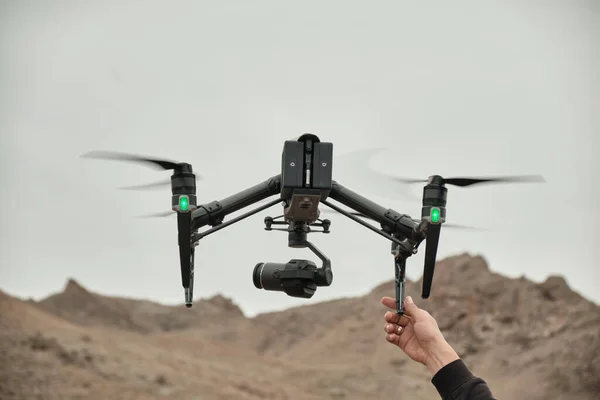
How can drones costing less than $1,000 cripple military assets worth hundreds of millions? September 2025 brought a stark answer in the form of a string of precision strikes that Ukraine’s elite Defense Intelligence “Ghosts” unit conducted on Russian airbases in occupied Crimea. Satellite imagery, video evidence and open-source analysis have since confirmed that rare aircraft, advanced radar systems and other high-value targets were destroyed.
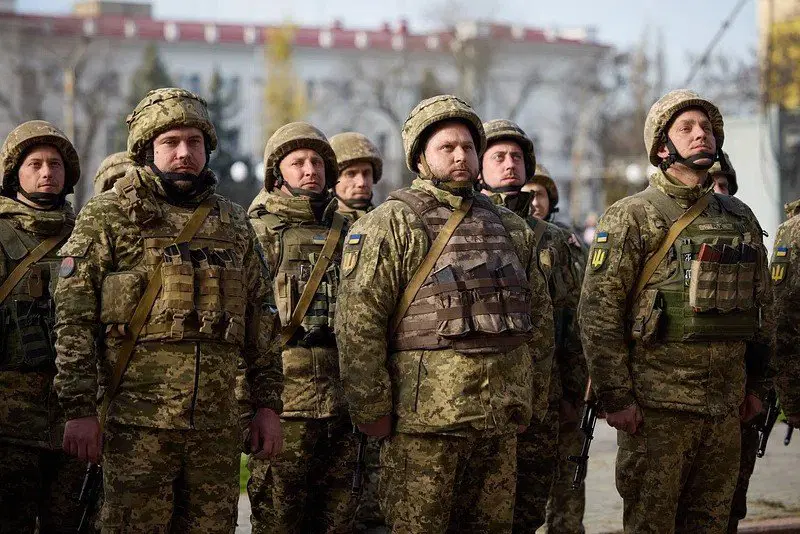
These strikes were part of a larger Ukrainian effort to degrade Russian military capabilities in Crimea, making use of relatively inexpensive unmanned systems in coordination with more sophisticated targeting and operational planning. The strikes also show the evolving nature of drone warfare, which is changing the battle space as both sides reconsider how they can best approach the defense of their air and assets. The following are seven key takeaways from these latest confirmed operations.
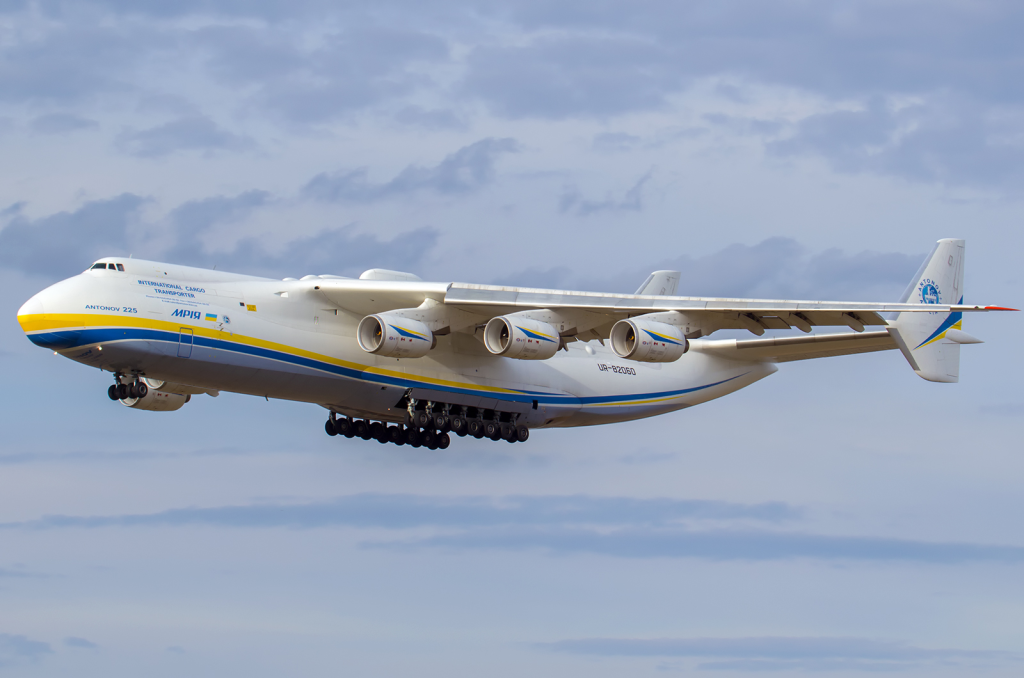
1. Destruction of Antonov An‑26 Transport Aircraft
On September 25, the Ghosts unit struck two Soviet-era Antonov An‑26 transport planes at Kacha airfield. Video depicted direct drone hits and one aircraft fully engulfed. Satellite imagery released to the X account ‘AviVector’ confirmed the complete destruction of An‑26 tail number RF‑46878 (“Blue 30”), with debris removed from the site. The second aircraft’s fate is not certain, as post-strike imagery did not locate it. The An‑26 is still in operational service with Russia, carrying up to 5.5 tons of cargo on short- and medium-range missions, so its loss is operationally significant.
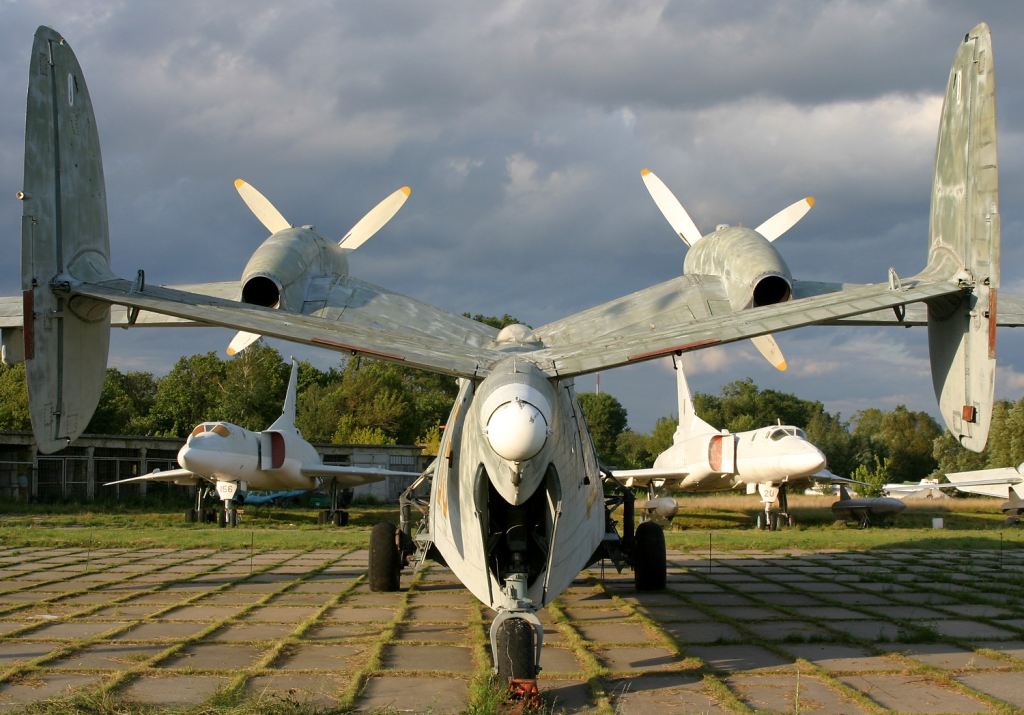
2. First-Ever Combat Damage to Beriev Be‑12 Amphibious Aircraft
Two days earlier, on September 23rd, Ghosts unit drones hit two Beriev Be‑12 “Chaika” amphibious aircraft and an Mi‑8 helicopter on the same airfield. “This is the first time a Be‑12 has been hit in history,” the DIU noted, highlighting the rare occurrence. Built from the 1950s for anti-submarine patrols, only 147 Be‑12s were ever built, and Russia may have fewer than 20 remaining. Satellite imagery showed damage to a Be‑12 “Yellow 08” produced in 1971 that was removed from the base after the strike. A second Be‑12 was seen flying after the attack, implying partial survivability.
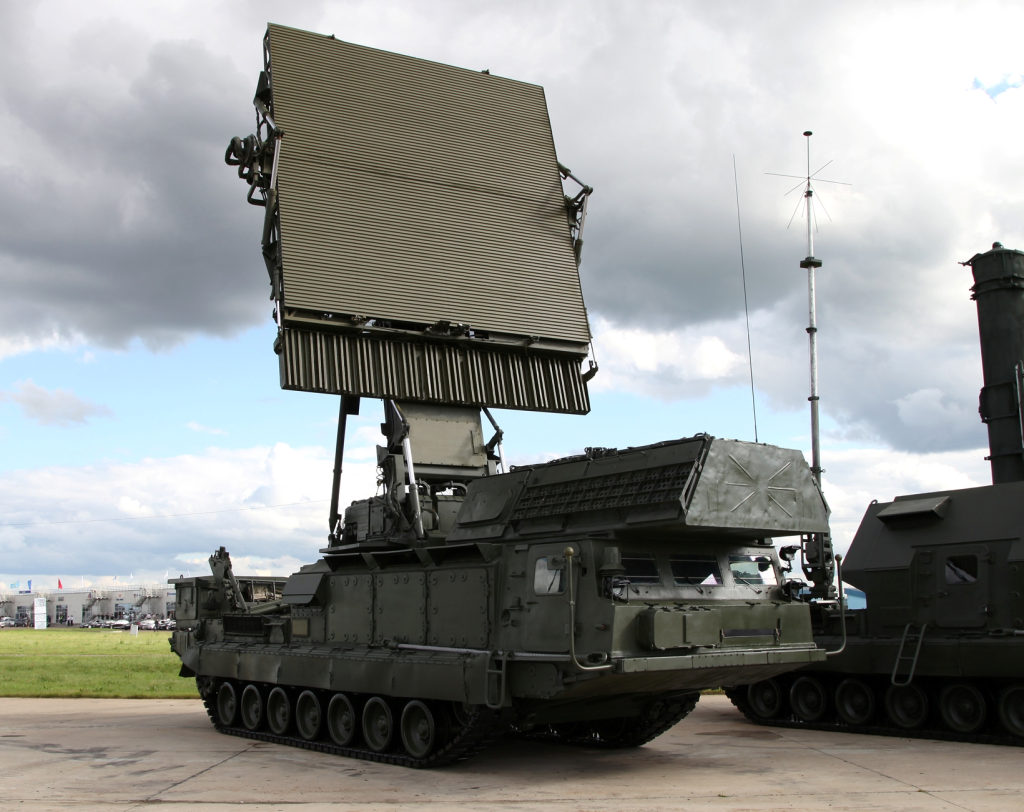
3. Advanced Radar Systems Targeting
The same September 25 raid also destroyed a Russian surface radar surveillance system and an MR‑10M1 Mys M1 coastal radar station, key systems contributing greatly to Crimean maritime and aerial situational awareness. If both of these assets are to be removed, then the ability to detect Ukrainian naval drones and low-flying aircraft is seriously affected, allowing possible gaps in coverage against their coastline. Such strikes act in concert with the mission of the Ghosts unit: “demilitarization of temporarily occupied Crimea,” in systematically taking out surveillance and early-warning assets.
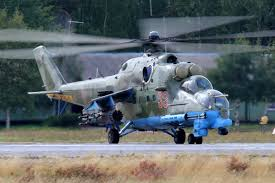
4. Strike on Mi‑8AMTSh‑VN Air Defense Helicopter
Among the targets on September 23 was an Mi‑8AMTSh‑VN helicopter – a heavily upgraded variant fitted for air defense tasks against both naval and aerial drones. Militarnyi specified that its fittings include thermal imaging, the President‑S missile countermeasure system, and the capability to deploy Ataka anti-tank missiles, Verba surface-to-air missiles, and S‑8 rockets. Satellite analysis indicated the helicopter likely was not destroyed but rather moved following the strike. Even if the rotorcraft was indeed not destroyed, the strike still showed Ukraine’s capability to threaten specialized rotary‑wing assets deep within defended territory.

5. Multi-Target Raid on Simferopol Airfield
Days before the Kacha strikes, the Ghosts unit attacked three Mi‑8 helicopters and a Nebo‑U air defense radar at the Simferopol airfield. Satellite imagery confirmed that one helicopter was destroyed and another damaged. A Nebo‑U, intended to detect stealth aircraft and ballistic missiles, is a high-value target within Russia’s layered air defense network. The removal or degradation of such systems has forced Russia to reallocate resources and adjust its defensive posture in Crimea.
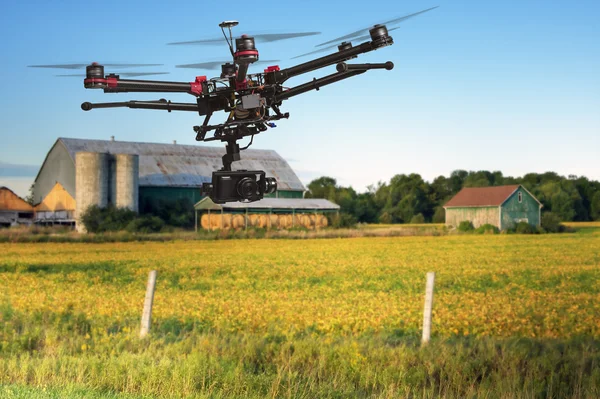
6. Integration of low-cost drones with complex tactics
These actions reflect wider use by Ukraine of low-cost drones against high-value targets, mimicking the tactics of Operation Spiderweb, where less-than-$1,000 FPV drones damaged strategic bombers. By employing a human pilot with AI-assisted navigation, Ukraine is able to conduct precision strikes even in environments with electronic warfare interference. Strikes by the Ghosts unit show how very low-cost platforms, integrated into intelligence and satellite reconnaissance, can achieve disproportionate strategic effects.

7. Strategic Impact on Russian Operations in Crimea
While Russia retains significant air and radar assets, the confirmed losses particularly rare aircraft such as the Be‑12 and specialized systems like Nebo‑U reduce operational flexibility. These strikes have forced Russia to disperse or harden remaining assets, divert resources into repairs, and reconsider its defensive layout. The campaign also sends a clear signal that even heavily defended bases in occupied Crimea are not safe from precision drone attacks, something analysts say could have implications far beyond the current conflict.
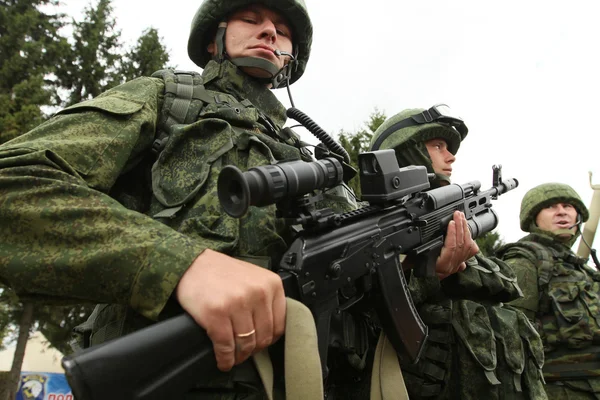
The September 2025 strikes, carried out by Ukraine’s Ghosts unit and independently confirmed through satellite imagery and video, illustrate a new kind of precision drone warfare. Ukraine is not only degrading Russia’s operational capabilities in Crimea but also showcasing a version of asymmetric warfare that links low-cost technology with strategic intelligence. In these attacks, defense observers see a critical shift: in future conflict, control of the skies may depend less on traditional airpower than on a nation’s ability to innovate with unmanned systems.

